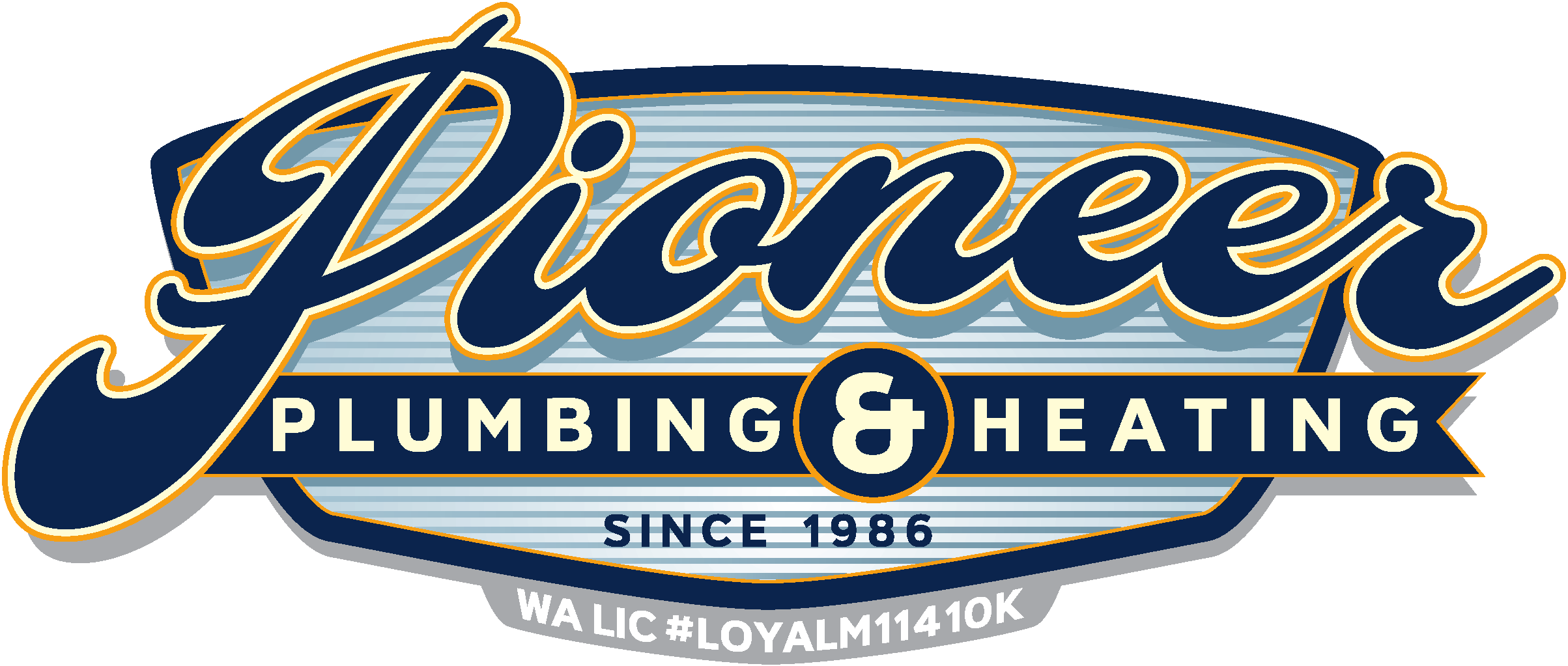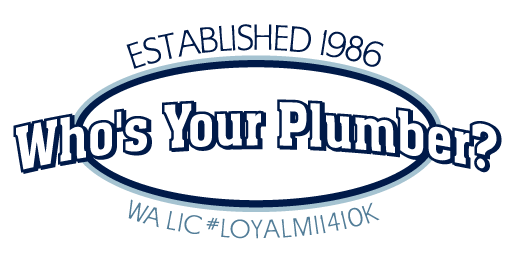If you've had to deal with multiple clogs in your plumbing in recent months, it could be a result of serious issues in your pipes. Clogged, slow-moving drains and low water pressure are signs of plumbing problems. While chemical treatments or even manual repairs, like snakes or plungers, can temporarily address the symptoms, you may need the help of a professional plumber to diagnose and address the underlying cause.
In some situations, your plumber might recommend hydro jetting as a solution for either issue with water pressure in delivery pipes or clogs and slow drains in pipes that carry waste water away from your sinks, showers and toilets. Hydro jetting is an efficient solution that can reduce build-up inside your pipes, allowing for the faster flow of water.
How Does Hydro Jetting Work?
As the name implies, hydro jetting is the use of highly pressurized water moving at high speeds. This process, when properly administered by a plumber, can reduce and remove grease, solid debris and even mineral scale inside your pipes. Over time, these substances build up inside your pipes, blocking the flow of water or reducing the amount of space for water to pass through.
Unlike the physical removal of these build-ups by inserting a tool, hydro jetting can safely and easily remove large amounts of blockage with minimal risk of damage to the pipes and attached plumbing systems. You could think of the process as similar to pressure washing, but with special tools designed to work with your pipes, instead of the exterior of a building.
How Does a Plumber Perform Hydro Jetting?
A professional plumber will have the knowledge and equipment to properly remove build-up from inside your pipes, whether it's affecting your water pressure or your drains. The tools used for this job include a tank of water and a special hose and nozzle. There is also a machine attached that pressurizes the water as it exits the tank. The hose is strong enough to withstand the intense pressure of the water coming from the tank.
You plumber will typically access an area within your plumbing system called a cleanout. This area helps plumbers easily reach the various parts of your home plumbing system. Depending on the nature of the issue, the kind of piping and the age of your pipes, your plumber will adjust the water pressure used for hydro jetting.
The amount of pressure used could be as high as 5,000 psi or even higher. In some cases, that could mean the plumber is sending as much as 20 gallons of water through the hose in a minute. In addition to working through the power of pressure, hydro jetting also uses the natural force of gravity to help the process. Your plumber will insert the tool and allow the pressurized water to move up through your pipes. As the debris becomes dislodged from the interior walls of the pipes, it will move downward, thanks to gravity. This allows for a fast and safe removal of the debris from your pipes.
To learn more about hydro jetting or to have an expert from Pioneer Plumbing help you resolve clogs in your home or workplace, contact us today!
Image courtesy of Pixabay.com.






